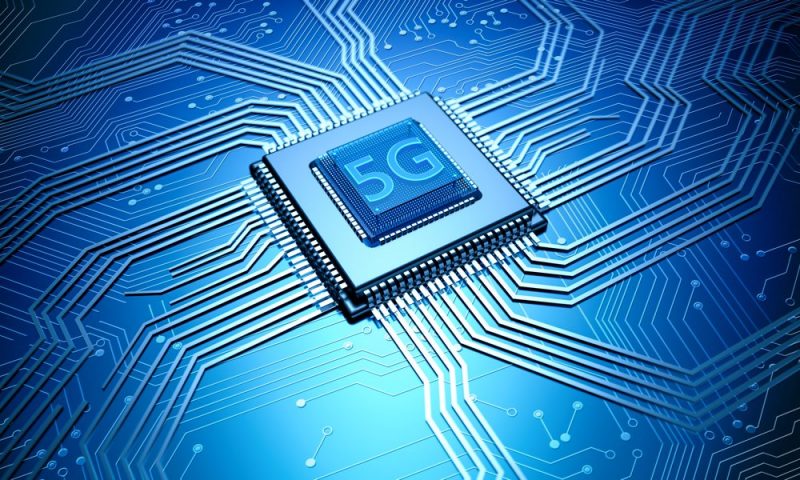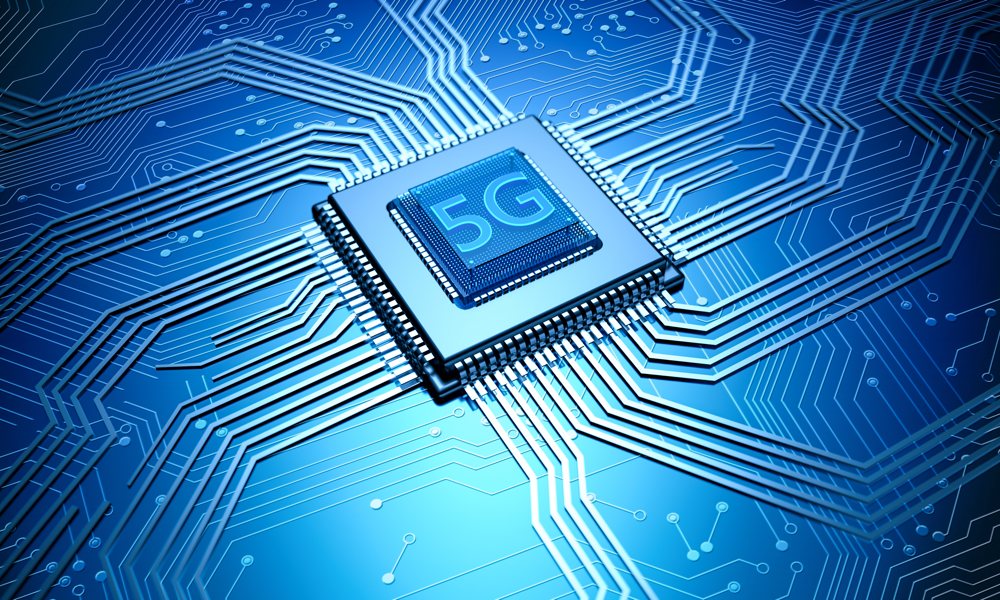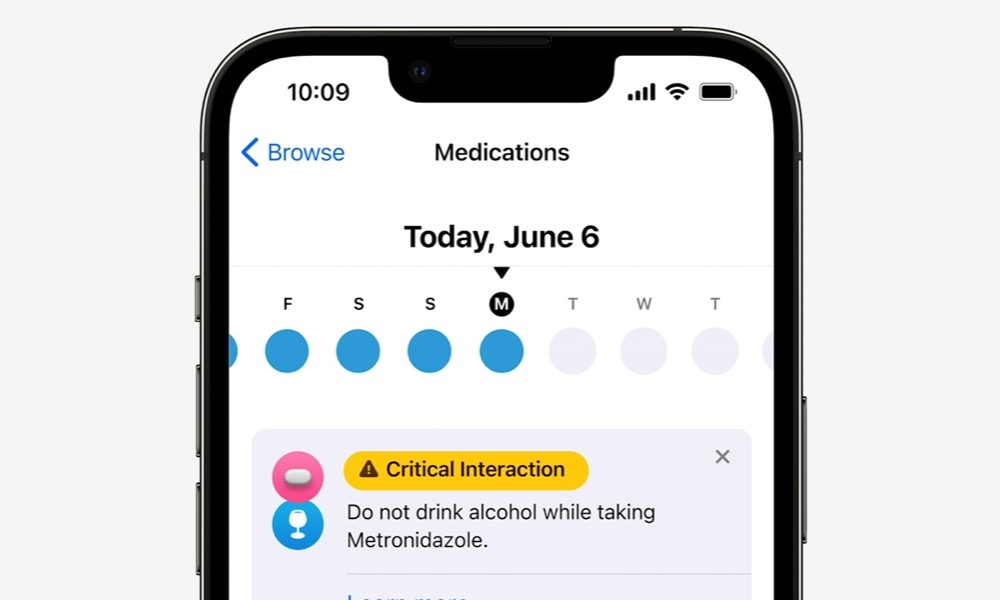Apple’s 5G Modem Chip Design ‘May Have Failed’ | Qualcomm Chips to Remain in iPhone 15

 Credit: HelloRF Zcool / Shutterstock
Credit: HelloRF Zcool / Shutterstock
Reports of Apple’s work on its own cellular modem chips go back to at least 2018, when Apple began hiring even more chip engineering talent focused on 4G and 5G technologies.
Those reports gained more steam in early 2019 as Apple moved its modem engineering team into the chip design group. This meant that rather than simply working on integrating third-party modem chips from Qualcomm and Intel, the engineers working on Apple’s cellular modem technology would be involved in designing a chip from the ground up.
Since Apple is a company that likes to own as many of the key pieces involved in building its devices as it possibly can, there’s every reason to believe that it wanted to design its own cellular modem chips from the start. However, it also became embroiled in a serious legal dispute with Qualcomm around the same time, which undoubtedly spurred those efforts.
6 Apps Everyone Should Absolutely Have on Their iPhone & iPad – Number 1 is Our Favorite
The App Store has become completely oversaturated with all the same repetitive junk. Cut out the clutter: These are the only 6 iPhone apps you’ll ever need…Find Out More

Unfortunately, Apple wasn’t nearly far enough ahead on its own 5G modem chips to part ways with Qualcomm, so it had no choice but to mend fences and pay the chipmaker a few billion to ensure that it could create a 5G iPhone.
The fact that Intel threw in the towel on its 5G modem business surely didn’t help either, since it left Apple with nowhere else to turn for its 5G modems. The one shining light was that Apple picked up Intel’s 5G engineering talent and designs, which most analysts believed gave it a pretty big leg up; analyst predictions for when Apple would have its first 5G modem chip ready dropped from 2025 to 2023.
However, despite reports earlier this year that Apple’s efforts were still on track, well-connected analyst Ming-Chi Kuo predicts that next year’s “iPhone 15” will not be gaining the mythic new Apple 5G modem chip. Instead, Qualcomm will remain the exclusive supplier of 100 percent of the 5G chips for all 2023 iPhone models.
Before this bombshell, sources suggested that Apple was still hedging its bets. It wasn’t about to cut off its Qualcomm supply entirely, but most analysts believed that its share of 5G modems in next year’s iPhones would drop to around 20 percent, with the rest being filled by Apple’s own first-party modem chips.
The 2019 settlement between Apple and Qualcomm included a six-year patent licensing deal and a “multiyear chipset supply agreement.” The first part means that Apple would pay Qualcomm royalties on its patents until at least 2025. However, the second part is vaguer, and it certainly didn’t guarantee that Qualcomm would be the exclusive supplier even for one year, much less six.
So, there’s little doubt that Apple had plans to kick Qualcomm to the curb as soon as it possibly could. The 2019 deal was probably a bitter pill for Tim Cook to swallow in the first place, as the fight between the two companies had gotten quite personal.
Does This Matter?
As Kuo notes, this is good news for Qualcomm and its investors, of course, since the hundreds of millions of iPhones that Apple cranks out each year will still use Qualcomm chips.
However, this also doesn’t mean that Apple’s own 5G modem ambitions are dead in the water. Apple is a powerhouse when it comes to its A-series and M-series systems-on-a-chip, but modem chips require an entirely different set of skills to perfect.
Apple needs to take its time to do this properly, and it has its work cut out for it. Qualcomm has at least a three-year head start, and as it is the release schedule of Qualcomm’s newest chips means that Apple’s latest iPhones already lag about six months behind.
Qualcomm typically announces its latest modem chips around the time of the Mobile World Congress (MWC) each year in March. However, those chips don’t become available to smartphone makers until later in the year — around the time that Apple is announcing its newest iPhones.
This means that Apple is always stuck using last year’s Qualcomm chips. The iPhone 13 is powered by the Snapdragon X60 that was announced in early 2020, while Samsung’s Galaxy S22 lineup already packs in the latest Qualcomm Snapdragon X65 since it releases its new lineup in February each year. That’s the same chip that will likely be used in this year’s iPhone 14 lineup.
Meanwhile, Qualcomm announced the Snapdragon X70 in March. As usual, this won’t be ready in time for this year’s iPhone, but with news that Apple’s first-party 5G modem chips won’t be ready, it’s a safe bet that this will be the chip that lands in next year’s “iPhone 15.”
This isn’t necessarily a bad thing for iPhone users. Qualcomm makes very powerful and feature-rich 5G modem chips. The jury is still out on whether Apple will be able to do better. Even though the Apple Silicon powering the latest Macs and iPads runs circles around Intel, Qualcomm isn’t Intel, and 5G modem design is on an entirely different playing field.
If anything, the only significant impact here is Apple’s bottom line. However, with the company locked into a royalty deal with Qualcomm until at least 2025, the only money Apple saves by using its own chips is the cost of purchasing the Qualcomm chips. However, that’s offset by the research and development money Apple has been pouring into its 5G modem design efforts.
When Apple finally does perfect its 5G modem chip, there’s little doubt it will benefit iPhone users. These will likely be improvements like additional battery life and cellular performance. However, it remains to be seen how significant these gains will be over Qualcomm’s latest flagship modem chips.
[The information provided in this article has NOT been confirmed by Apple and may be speculation. Provided details may not be factual. Take all rumors, tech or otherwise, with a grain of salt.]







